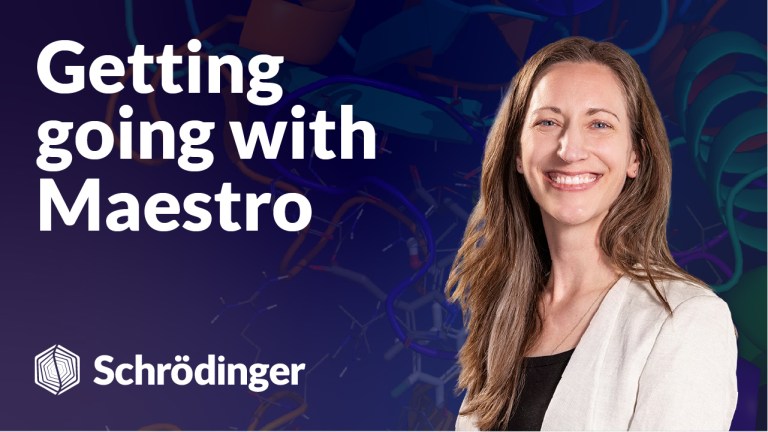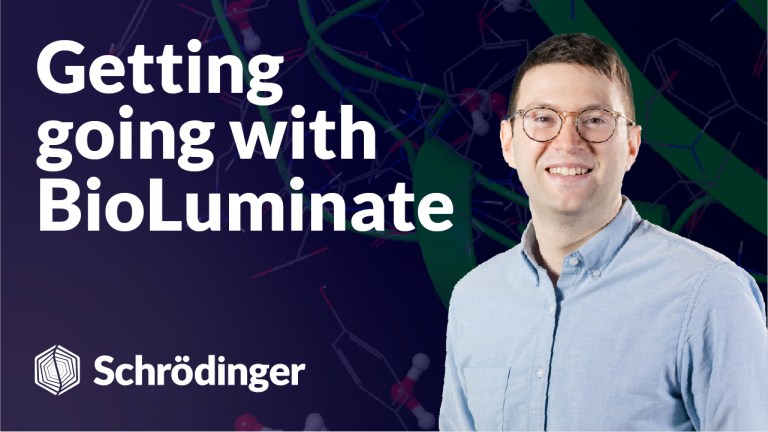Free learning resources
Quickly learn how to integrate Schrödinger technology into your research. From overviews to deep dives, you can find information about applications, workflows, and analysis here.
Quickly learn how to integrate Schrödinger technology into your research. From overviews to deep dives, you can find information about applications, workflows, and analysis here.
 Video
Life Science
Video
Life Science
 Video
Life Science
Video
Life Science
A free video series introducing the basics of using Maestro Bioluminate.
Self-guided step-by-step introductions to various workflows with example files for getting comfortable with Schrödinger tools.
Short video overviews of specific introductory and scientific topics, including summaries of new release features.
A one-page PDF that visually describes the panel or workflow.
Learn how to create new LiveReports and add compounds, data, plots, and more.
Learn how to set up Ligand Designer for use in structurally-enabled projects.
You will learn how to build, configure, and export docking models from Maestro to LiveDesign, as well as prepare ligand and protein structures.
Explore formula column examples that allow you to calculate, analyze, and transform data using custom expressions and built-in functions.
Explore Freeform column examples that empower flexible workflows, and real-time collaboration.
Curated video tutorials and learning resources to help new users organize data, collaborate, and work effectively in LiveDesign.
Use Freeform columns to track the status of compounds in a synthesis queue.
Learn how to use Freeform columns and an Auto-Update Search to create compound progression workflows.
Develop a workflow to allow individuals to triage ideas for group discussion and decision making.
Search external databases for similar purchasable compounds.
Use this widget to display rich datasets in a dense grid with flexible axis options.
Level up your skill set with hands-on, online molecular modeling courses. These self-paced courses cover a range of scientific topics and include access to Schrödinger software and support.
Connect your students to industry-leading molecular modeling software through a web-based platform. Incorporate molecular modeling in the classroom.